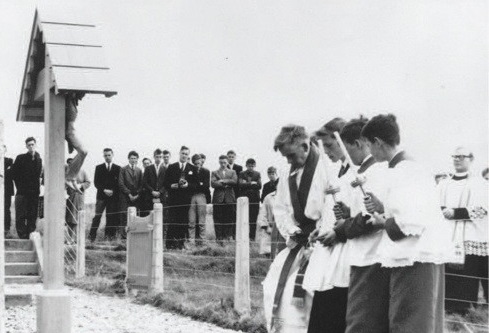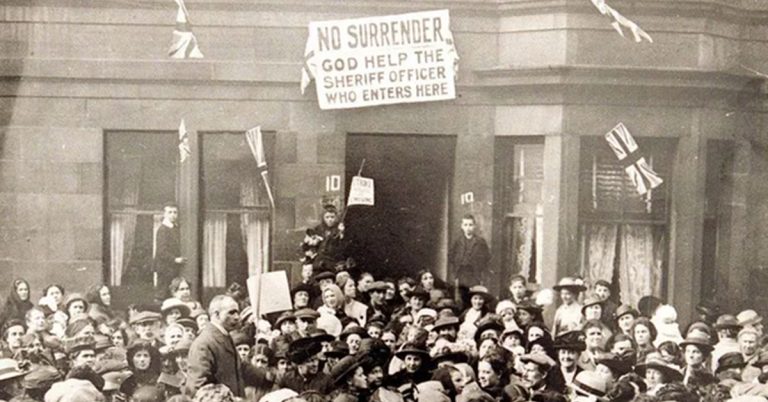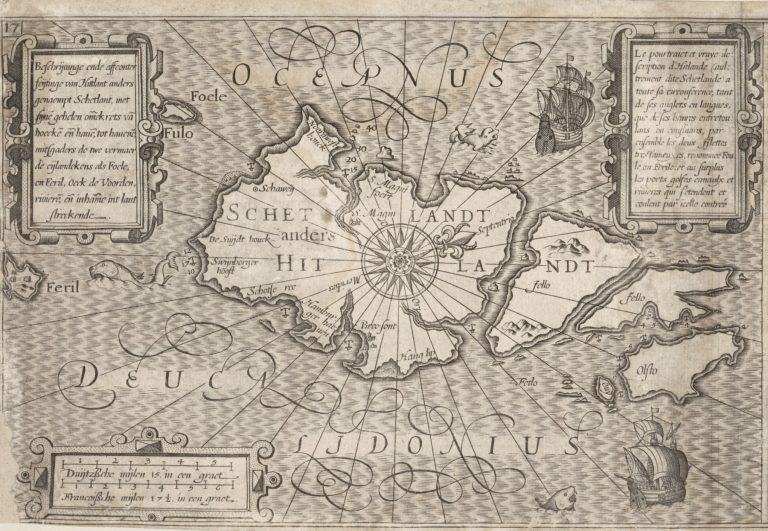
What do you imagine when you think about great Catholic art? Perhaps you call to mind the gilded pages of illuminated medieval manuscripts and the glories of Renaissance painting and sculpture. Maybe you recall more recent cinematic masterpieces, such as Francis Ford Coppola’s magnificent trilogy, The Godfather (1972), or Martin Scorsese’s powerful historical epic, Silence, which was released just last year. These are films, based on novels, which present us with gripping sagas of betrayal, vengeance, and – perhaps – redemption. Coppola and Scorsese’s movies are pervaded by Catholic iconography and symbolism, and they make full use of religious ritual and sacred imagery as they muse on perennial Catholic themes of morality, corruption, and grace.
Perhaps when you think of Catholic art you recall novels, many of which have also been adapted into acclaimed films and television serials. Graham Greene’s most famous works of fiction, Brighton Rock (1938), The Power and the Glory (1940), and The End of the Affair (1951) are still hugely popular books, enjoyed by new generations of readers (and viewers) as they are released in new editions and remade for the big screen. Evelyn Waugh’s Bridehead Revisited (1945) is another gold standard of Catholic fiction, which traces themes of sin, sex, and salvation throughout the lives of Charles Ryder and the aristocratic Flyte family. And of course, J. R. R. Tolkien’s The Lord of the Rings (1955) is a work shaped and formed by a profoundly Catholic sensibility.
Muriel Spark is yet another Catholic writer whose work has been successfully adapted to film. Who could forget Maggie Smith’s bravura performance as the romantic, sinister Miss Jean Brodie in her prime? But, though this most famous of Spark’s faithful fictions in set in Edinburgh – her home city – Spark is rarely regarded as a writer of a specifically Scottish Catholic imagination. In fact, though there are major studies of Italian-American Catholic artworks, the Catholic Literary Revival in France, and the Oxford movement with its ‘second spring’ of English literary converts like Gerard Manley Hopkins, we rarely hear of Scottish Catholic writers and poets. Why?
More often than not, readers are faced with generalisations about the inhibited Scottish imagination – one haunted by the anti-art iconoclasm of the Reformers John Knox and Andrew Melville in the sixteenth century. We have inherited the idea that divisive, Calvinist puritans demolished Scotland’s harmonious medieval Catholicism, leaving the Scots distrustful of artistic creativity and sternly resistant to works of the imagination. My new study, George Mackay Brown and the Scottish Catholic Imagination, unearths some fascinating Scottish faithful fictions, which are every bit as powerful as the best-known works of Catholic literary fiction. In my book, I explore the writings and processes that have contributed to this critical erasure, and, most importantly, I use the work of one of Scotland’s literary converts – the Orcadian author and poet George Mackay Brown – as a case study of the neglected Scottish Catholic writer.
Ultimately, my book contends that Brown’s Catholic imagination extended far beyond the ‘small green world’ of Orkney and embraced a universal human experience. But, along the way, I explore Brown’s fascinating ‘enculturation’ of biblical stories and characters, apocryphal tales, and hagiographic narratives to his own, uniquely northern climate.

Linden Bicket is a Teaching Fellow in Theology and Ethics at the University of Edinburgh’s School of Divinity. Her research includes work on patterns of faith and scepticism in the fictive worlds of story, film, and theatre.





